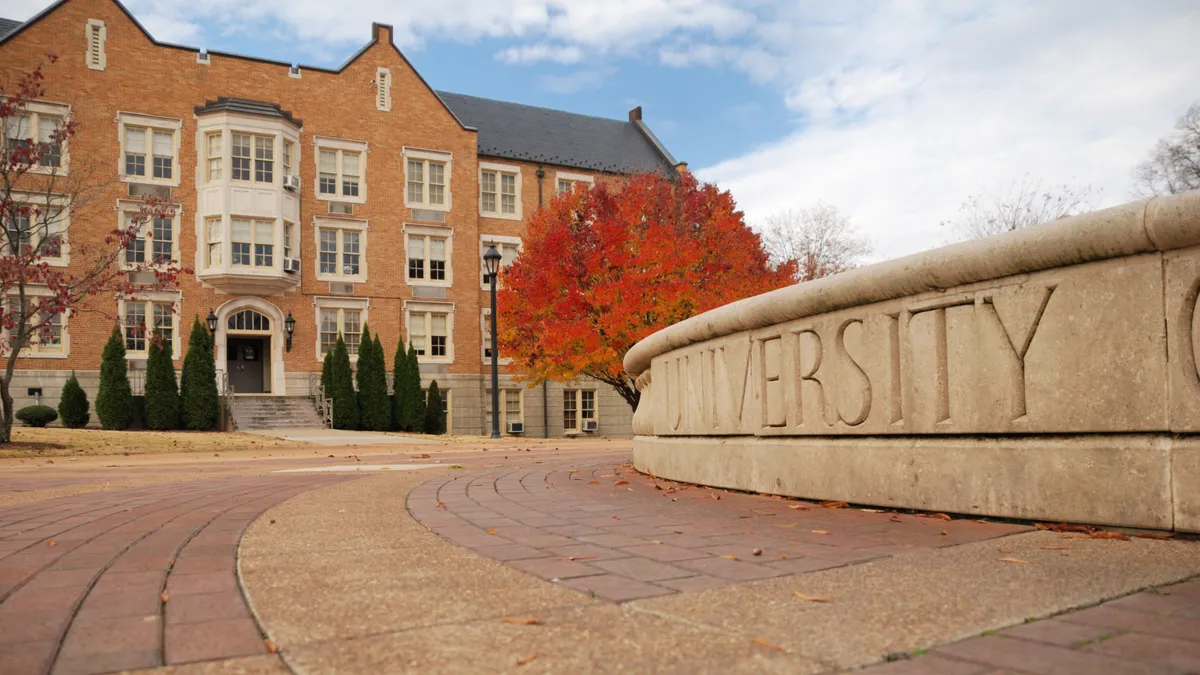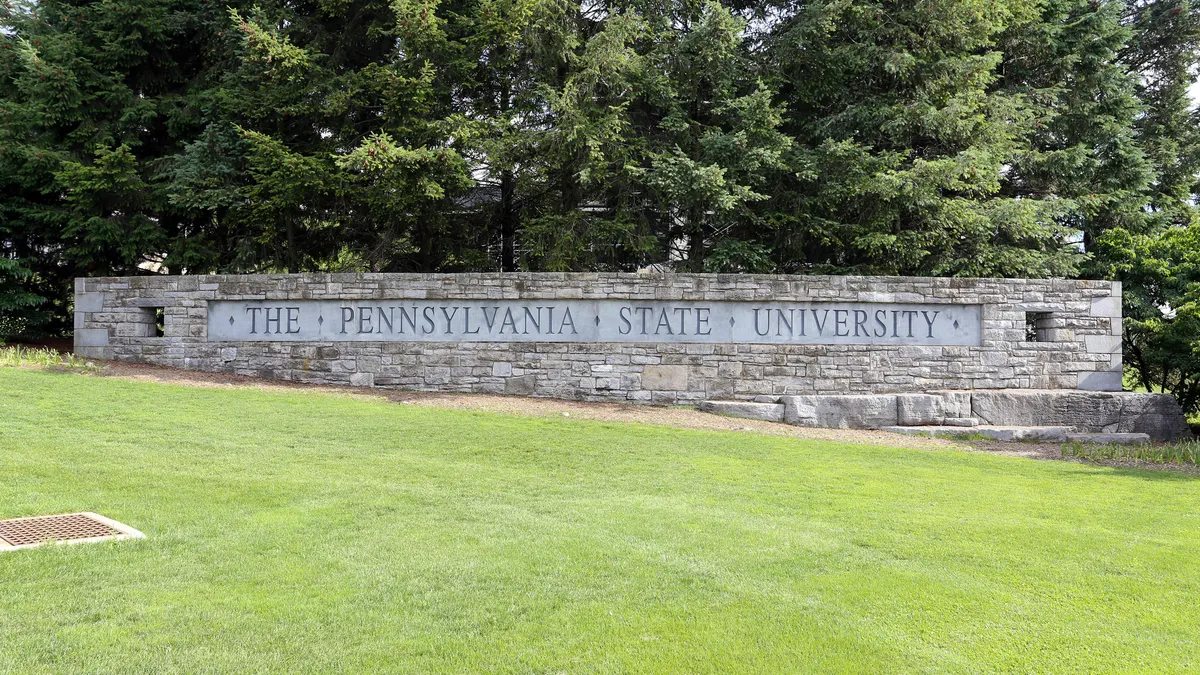A look at trends in college consolidation since 2016
The last few years have been tumultuous for many U.S. colleges. Pressure to lower tuition, stagnating state funding and a shrinking pool of high school graduates has strained many institutions’ bottom lines and questioned their long-term viability. Those pressures have caused some to close.
We’ve been tracking consolidation across higher education since the fall of 2018, looking back as far as 2016. Our goal was not to create a death watch but rather to give our readers a tool to show the scope of that activity and any patterns within it. To make those trends easier to detect, we updated our tracker with a map showing closings and significant consolidations by state.
In doing that, we also revised our list to omit certain consolidation activity among public institutions in which their footprints remained largely the same. Prior to this update, we removed for-profit colleges from our list; this was due to their differences in scale from private nonprofit and public institutions as well as the sometimes fragmented nature of their closings.
We hope you find this tool useful in understanding consolidation across higher ed. If you see something we missed, let us know by using this form.
Below, we spotlight significant recent closures and consolidations. Sections are updated as new information is available. The timeline date reflects roughly when the initial news was announced.





